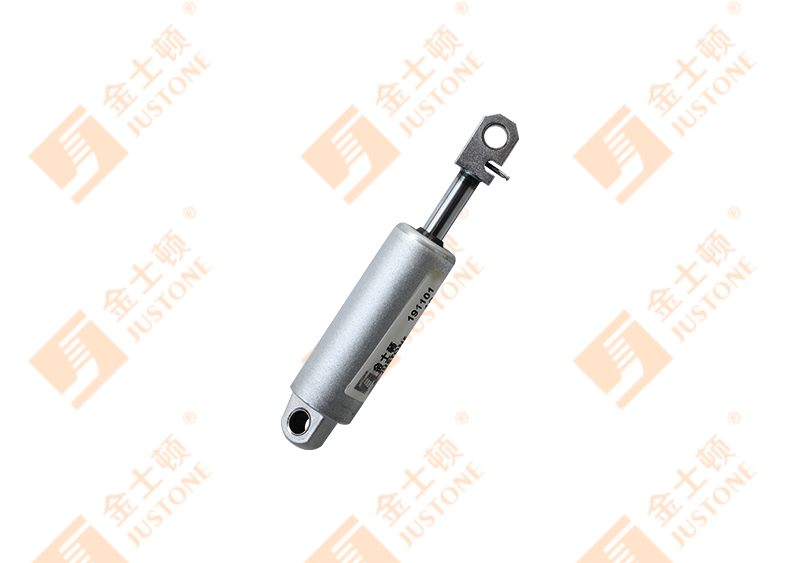Didn't find a product that suits you?
Contact us for the latest news.
Seat dampers play a crucial role in improving ride comfort and reducing vehicle vibrations by mitigating the transmission of vibrations and shocks from the road surface and vehicle movements to the occupants. Here’s how seat dampers achieve these benefits:
Vibration Absorption: Seat dampers are designed to absorb and dissipate vibrations generated by uneven road surfaces, engine vibrations, and other disturbances. They act as shock absorbers to reduce the amplitude and frequency of vibrations transmitted to the seat and ultimately to the occupants.
Enhanced Stability: By damping vibrations, seat dampers help stabilize the seat's movement. This stability reduces the sensation of abrupt movements and jolts, providing a smoother and more comfortable ride experience.
Isolation of Vibrations: Seat dampers isolate vibrations that originate from the vehicle chassis or suspension system before they reach the seat structure. This isolation prevents vibrations from directly affecting the occupant's body, minimizing discomfort and fatigue during prolonged driving.

Improved Ergonomics: Properly designed seat dampers contribute to better ergonomic support by maintaining consistent seat dynamics. They help maintain the optimal seating position and posture for the occupant, reducing strain on muscles and joints.
Noise Reduction: Alongside vibration reduction, seat dampers can also contribute to reducing noise levels inside the vehicle cabin. They help dampen vibrations that could otherwise resonate and amplify noise from the road or vehicle components.
Customization and Tuning: Modern seat dampers can be tuned and adjusted to accommodate different vehicle designs, seating configurations, and driver preferences. This customization allows for tailored damping characteristics that optimize comfort and performance for specific driving conditions.
Overall, seat dampers are essential components in vehicle seating systems, enhancing ride comfort by minimizing vibrations and ensuring a smoother, more enjoyable driving experience for occupants. Their effectiveness depends on proper design, integration with other seat components, and alignment with vehicle performance requirements.